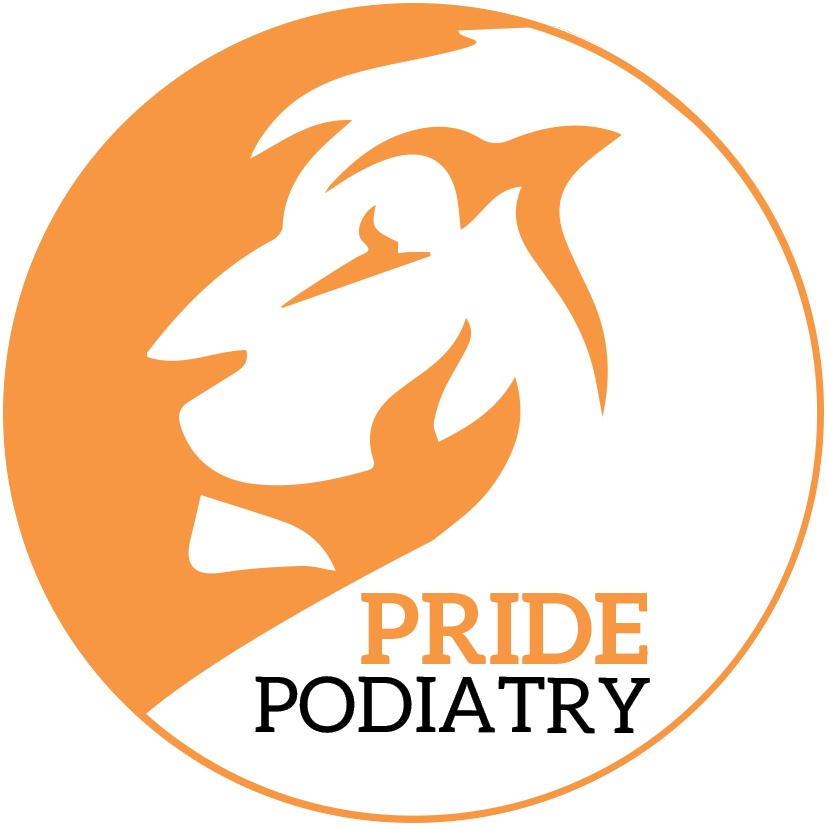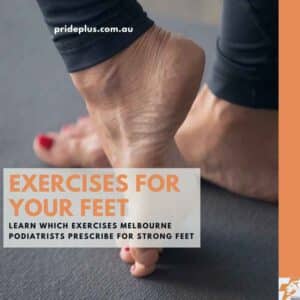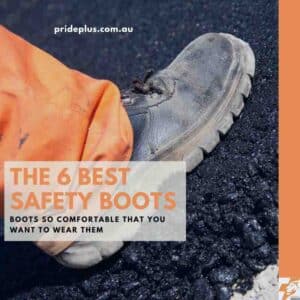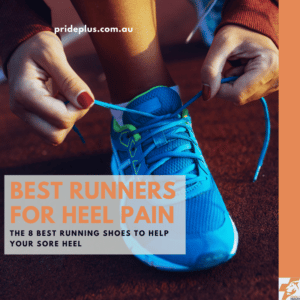Dominic Tan, physiotherapist at PridePlus Health here to talk about a passion of mine – my Strategy For Success. In this post I’ll show you how to set yourself up for success in your physical health and rehab. Also, I’ll walk my talk… Read on for more on my own journey.
It is not uncommon that we face day-to-day barriers that can affect our commitment to our rehab. Most rehab requires weeks to months long commitment to exercise which can be hard to keep up.
Factors such as heavy workload, fatigue, having low motivation, not seeing improvement and distractions from other social activities can influence our drive to do our exercises.
Here at PridePlus we want YOU to be successful in your rehab and I would like to share with you a few strategies that would over come these barriers and tip you towards success.
Did You Know?
- It takes 3 weeks to develop a habit
- 4 weeks to get stronger
- 8 weeks for noticeable physical changes
- 12 weeks to a brand new you
Strategy For Success Hack
Create A Routine For Your Exercise
Incorporate rehab into your lifestyle by developing a habit/routine instead of doing your rehab only when convenient.
Most people brush their teeth twice a day, in the morning and evening.
It’s a habit and routine that we don’t even think about
It is for health and hygiene and non-negotiable.
However, we it comes to exercise, it often something we stick around at back of the head.
We only do it when we remember.
We have to search for motivation to do it.
If these exercises are necessary for the recovery of our injury, they should be non-negotiable as well.
Sticking it to a regular routine can help you adhere to it more easily and achieve greater success
Are You Setting Yourself Up For Success?
Create a rule for doing your exercises is ideal. Some rules are not meant to be broken!
When creating your rules, some tips to follow are:
- Incorporate your rehab exercises into your regular daily activity
- Make them convenient
- For instance, doing your shoulder exercises in the bathroom before showering
- Allow you to check your form with the mirror
- Have a theraband on the shower railing, you can’t miss it
If you think your exercise is too inconvenient for you to perform multiple time through the day when you are at work. Speak to your physio for alternatives. Setting up a reasonable exercise rehab plan for YOU is one of a physiotherapists greatest skills.
Procrastination is also another hurdle for a lot of us.
- Procrastinating from the morning till the night results in greater time wasted and greater mental effort
- Have you felt the stress and shame of not getting something done due to procrastinating??? Nah me neither.
- Most rehab exercises don’t take long to complete
- Set your stop watch to run for 5 mins in the morning and get over and done with what is required works for some.
Getting stronger takes time.
Most rehab exercises that would help you involve some form of loading and moving to help you get stronger and feel better.
To put it simply, it is because:
- A stronger body is less vulnerable to aches and pain
- Motion is lotion
Now, this adaption takes time. It usually takes 4 weeks to for an improvement in strength, mobility and symptoms.
So don’t give up too early.
Stick to the plan!
Getting Strong
If you are a regular to any gym, you might be familiar with a few classical characters. I’ve seen these cats at every gym I’ve ever been a member of.
- The Brick S*house: 24/7 bodybuilder who looks the same after a year
- The Texter: Person who is always texting on the phone and their close cousin cousin gramming and tik-tokking their session
- The Chatter: They’re talking out (loud) more than working out
- The Trapeze Artist: You know the person who is doing strange-looking exercises
These individuals can benefit from understanding the F.I.T.T principle if they’d like to progress their training.
- F = frequency of exercise/ how often you exercise
- I = intensity of exercise/ how hard you exercise
- T= time you spend exercising
- T= type of exercise you do
Sufficient stimulus is required for adaptation of the body and the F.I.T.T is a great way to monitor our exercise program.
FITT For Strength & Muscle
Frequency = 2 – 3x/wk on alternate days for beginners
Intensity = 8 – 12 repetition max (RM) for 3 sets. E.g if your best effort is 10 reps of 10kg bicep curl in single set 10kg is your 10RM.
Time = 2 – 3 mins rest time in between sets.
Type = Muscle contractions type, loading methods/equipment
- isometric = muscle maintaining the same length, exercise requiring static holds. Useful for early stage rehab or managing pain
- concentric= muscle shortening
- eccentric = muscle lengthening
- isotonic = muscle shortening and lengthening
- stretch shortening = explosive exercises, usually for end stage rehab
A general guide to progression
- Increase reps: within the 8 to 12 reps/set range
- Increase resistance: if you can perform 12 reps/set easily. Lifting heavy weights is safe as long as the progression is gradual.
- Increase sets: for strength, muscle gains
- Decrease rest: if your goal is to improve endurance, shortening the rest is ok. However, insufficient rest can compromise results if the goal is to improve strength. For strength development, avoid rest shorter than 2 mins
F.I.T.T For Cardio & Weight-Loss
Frequency = 5 times per week
Intensity = 60-75% of your maximum heart rate
Time = 30 to 60 minutes or more
Type = running, walking, cycling, swimming, rowing, stair-climber, elliptical trainer
Physical Changes / Body Composition
People exercise for various reasons.
Some people exercise to get stronger, others to look better and for many of our clients exercise to manage health.
Regardless, we tend to look for physical changes for affirmation that we have progressed.
This is often not helpful as absence of physical changes might not be obvious initially.
That does not mean that there hasn’t been improvement.
Studies have found that neural adaptation following resistance training for untrained individuals are the key contributors to early strength gains. Therefore, you are getting stronger albeit without any physical changes.
For those looking for muscle hypertrophy (big gunz), studies found that it takes at least 4 to 8 weeks for noticeable muscle hypertrophy.
Does Structure Matter?
As physios we commonly hear people say things like:
- “My back is out”
- “My left leg’s longer”
- “My posture is causing my problems”
- “I’m out of alignment”
- “I’m a taurus and venus is in retrograde” OK, not so often for that one…
When we are in pain it would be so bloody lovely to boil all our problems down to just a few words… A simple saying that deflects the problem to a 3rd party or to an unchangeable fact.
It’s just not the case.
Time after time, we see the research telling us that things going out or coming in are not as important as getting strong through regular exercise.
It’s a shame, because the “it’s just not strong enough” really only leads to one simple solution…
Get it stronger!
For instance studies investigating people who have knee pain found that strengthening exercises aim at correcting knee alignment when squatting resulted in improvement in knee pain although there was insignificant improvement in alignment.
Speaking of knee pain…
Another study investigating exercises to improve neck posture in people with neck pain found improvement in neck pain with exercise although there was no change in neck posture.
Instead of spending time dwelling on posture, alignments and structure, perhaps time can be better spent getting stronger.
12 Weeks For A Brand New You
What’s the beef with 12 weeks?
Earlier I mentioned that
- It takes 3 weeks to develop a habit
- 4 weeks to get stronger
- 8 weeks for noticeable physical changes
There have been heaps of research studies that investigate management of various musculoskeletal conditions within a 12-week period.
What can be achieved within 12 weeks?
- 8 weeks of resistance training results in significant improvements in knee pain, function, walking time and muscle strength in patients with knee osteoarthritis
- The benefits of exercise is not just limited to musculoskeletal conditions
- 12 weeks of exercise conditioning in patients with arterial disease increased both walking and pain-free walking time by over 100%
- 12 weeks of strength, endurance or combination training reduced breathlessness in individuals with chronic obstructive pulmonary disease
Better quality of life in 12 weeks? It could be you, follow this strategy for success…
Exercise Right Week 2020 May 25 – 31
Exercise Right Week is an annual public awareness campaign brought to you by Exercise & Sports Science Australia.
This year, the theme is “Movement is Medicine“.
We want to highlight how powerful exercise, physical activity and movement are for your physical and mental health.
Gyms and recreational facilities closure with the current COVID situation can be a barrier to exercise for many people even active people like myself.
Heeding my own advice, I pledge to do 100 push ups everyday before I shower to stay active and fit, and ultimately, mastering the 1 handed push up.
Join me and start, re-start or re-fresh your personal exercise regimen with what you’ve learned about a winning Strategy For Success.
Need A Hand With Your Strategy For Success?
If you’re in pain, need some motivation or need guidance our team of allied health professionals can help you out.
You can book in online for a telehealth session with anyone of our team here.
Or if you need to see us in clinic you can book in with our podiatrists, physiotherapists and exercise physiologists online or over the phone.
References
Jan, M. H., Lin, J. J., Liau, J. J., Lin, Y. F., & Lin, D. H. (2008). Investigation of clinical effects of high-and low-resistance training for patients with knee osteoarthritis: a randomized controlled trial. Physical therapy, 88(4), 427-436.
Hiatt, W. R., Regensteiner, J. G., Hargarten, M. E., Wolfel, E. E., & Brass, E. P. (1990). Benefit of exercise conditioning for patients with peripheral arterial disease. Circulation, 81(2), 602-609.
Ortega, F., Toral, J., Cejudo, P., Villagomez, R., Sánchez, H., Castillo, J., & Montemayor, T. (2002). Comparison of effects of strength and endurance training in patients with chronic obstructive pulmonary disease. American journal of respiratory and critical care medicine, 166(5), 669-674.




